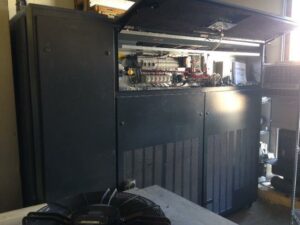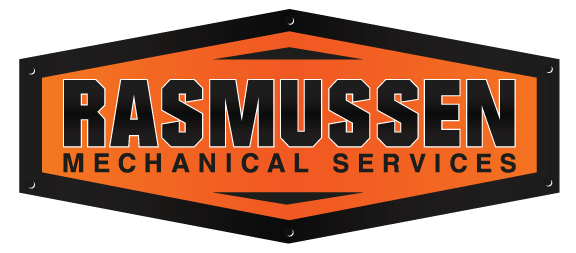CRAC units, or computer room air conditioning units, are a type of HVAC system. They are specifically designed to cool and regulate the temperature and humidity in a computer room or data center.


CRAC Unit Design
The design of a CRAC unit is critical, as it must be able to effectively cool the entire computer room. Additionally, CRAC units must be designed to operate efficiently, as they consume a significant amount of energy. The primary components of a CRAC unit typically include:
- Air filter: This component is responsible for removing dust and other particles from the air before it is circulated through the computer room.
- Evaporator coil: This component is responsible for absorbing heat from the air inside the computer room.
- Compressor: This component compresses the refrigerant and pumps it through the condenser coil.
- Condenser coil: This component releases the heat absorbed by the evaporator coil outside the computer room.
- Control system: This component is responsible for monitoring and regulating the temperature and humidity in the computer room. It may include sensors, thermostats, and a control panel.
- Humidity Controls: This ensures the humidity levels stay within acceptable ranges for the computer systems. Low humidity can create static electricity build up and high humidity can cause moisture buildup.
- Ductwork: This component distributes the cooled air throughout the computer room.
CRAC Units VS CRAH Units
CRAC (computer room air conditioning) and CRAH (computer room air handling) units are both types of HVAC systems. They are both designed to cool and regulate the temperature and humidity in a computer room or data center. However, there are some key differences between the two types of units.
- Cooling method: CRAC units use direct expansion cooling, which involves the use of refrigerant to cool the air. CRAH units, on the other hand, use indirect cooling, which involves the use of a chilled water loop to cool the air.
- Air flow: CRAC units use a single pass air flow design, where the air is cooled and then immediately returned to the room. CRAH units, on the other hand, use a dual pass air flow design. This is where the air is cooled and then passed through the unit a second time before being returned to the room.
- Maintenance: CRAC units require regular maintenance of the refrigerant system, which can be costly and time-consuming. CRAH units, on the other hand, require less maintenance, as the chilled water loop is typically simpler and more reliable.
- Energy efficiency: CRAC units typically have a lower energy efficiency compared to CRAH units because of the refrigeration cycle.
- Space requirement: A CRAC unit typically require more space as they have more components and larger ductwork. CRAH units can be more compact, as they do not require a refrigerant system.
Redundancy Is Key
Redundancy ensures the computer room or data center remains cool even in the event of a failure or malfunction of the primary CRAC unit. The following are some ways that these units can be designed to incorporate redundancy:
- Dual units: One of the most common methods of incorporating redundancy is to install two or more units. This way, if one unit fails, the other unit(s) can take over and keep the room cool.
- Redundant components: Some CRAC units are designed with redundant components, such as multiple compressors or evaporator coils. This way, if one component fails, the other component can take over and keep the unit running.
- Hot-standby units: Some computer rooms or data centers have a hot-standby CRAC unit on standby, ready to take over if the primary unit fails. The hot-standby unit is pre-cooled and ready to go, so that it can take over cooling the room immediately.
- Parallel cooling: Another way to incorporate redundancy is to use parallel cooling, which involves using multiple independent cooling loops that can cool the room. This allows for multiple cooling paths, so that if one path fails, the others can take over and keep the room cool.
- Monitoring and alarm system: A monitoring and alarm system is crucial to detect any potential failure in the CRAC unit or the components. This allows for quick identification of any problems, allowing maintenance to be performed before the failure affects the computer room or data center.
Monitoring The Air
When you are working with expensive servers, it is important to have systems in place to monitor the air. One common method is to use an air quality sensor. These measure factors such as temperature, humidity, and the concentration of pollutants (such as carbon dioxide, volatile organic compounds (VOCs), and particulate matter). These sensors can be connected to a building management system or other monitoring software. This allows for real-time data on the air quality in the room.


